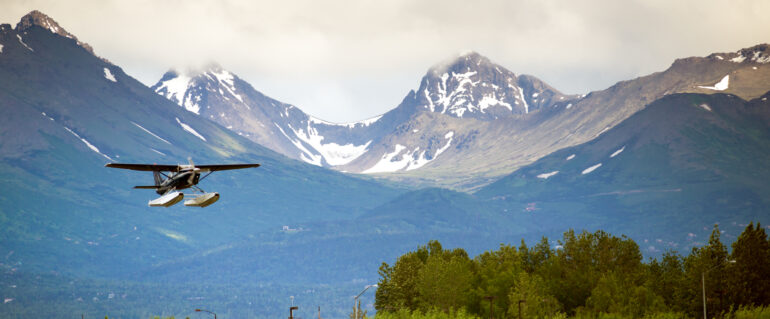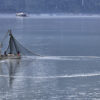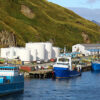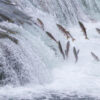Alaska is home to over 130 volcanoes. These volcanoes are fascinating and beautiful to look at, and they contribute to the state's unique history and environment. Let's explore the world of Alaskan volcanoes, talk about their history, and learn about the science behind their eruptions.
Alaska's Volcanic Landscape
Alaska is home to 80% of all active volcanoes in the United States. A volcano is considered active if it has erupted within the last 10,000 years, is currently erupting, or has the potential to erupt again. Alaska has over 90 volcanoes that meet active criteria. Most of the state's volcanoes are part of the Aleutian Arc, a volcanic chain of islands along the Alaska Peninsula. Other volcanic regions include the Wrangell Mountains and Cook Inlet. These volcanoes are a combination of snow-covered mountains, rough lava fields, and enormous craters.
Largest Volcanoes
Alaska is home to some of the largest volcanoes in the world. Mount Redoubt, located in the Aleutian Range, stands at 10,197 feet and stretches about 50 miles. Mount Iliamna is another giant, rising to 10,016 feet. Then there is Mount Spurr, also part of the Aleutian Arc, measuring 11,070 feet. Because of their size and seismic activity, these volcanoes are watched closely in case of potential eruptions.
Eruptions in Alaska
One of the most significant eruptions in Alaskan history happened in 1912, forming Novarupta, a volcano on the Alaska Peninsula in Katmai National Park and Preserve. This infamous eruption lasted 60 hours and is the most momentous eruption of the 20th century. Ash fell on Kodiak, Alaska, within four hours of the eruption, burying the town. The ash cloud caused darkness and suffocating conditions for three days. Ash flows filled the V-shaped valley of Knife Creek, transforming the green valley into a wasteland and creating what is now known as the Valley of Ten Thousand Smokes. The last known eruption in Alaska was the Shishaldin Volcano, which erupted in mid-July of 2023 and lasted a whole week.
Scientific Explanation
Volcanic eruptions are caused by shifting tectonic plates, large sections of the Earth's crust that move slowly, creating gaps. This movement results in a buildup of heat and pressure that forces magma through the cracks. An eruption happens when there is too much pressure, releasing lava, ash, gas, and rocks onto the surface. When we picture this event, we often think of an explosive eruption; however, depending on the volcano, it can be slow and gradual.
Alaska's volcanic landscape is as beautiful as it is significant to its history and environment. From massive mountains like Mount Redoubt to the recent eruption of Shishaldin, these volcanoes are great examples of the scientific events that have shaped Alaska's terrain.
At Alaska Air Forwarding, our team understands the state's landscape, and we're trusted experts in transporting freight and heavy cargo to remote areas. Contact us today to learn more about shipping to Alaska.







